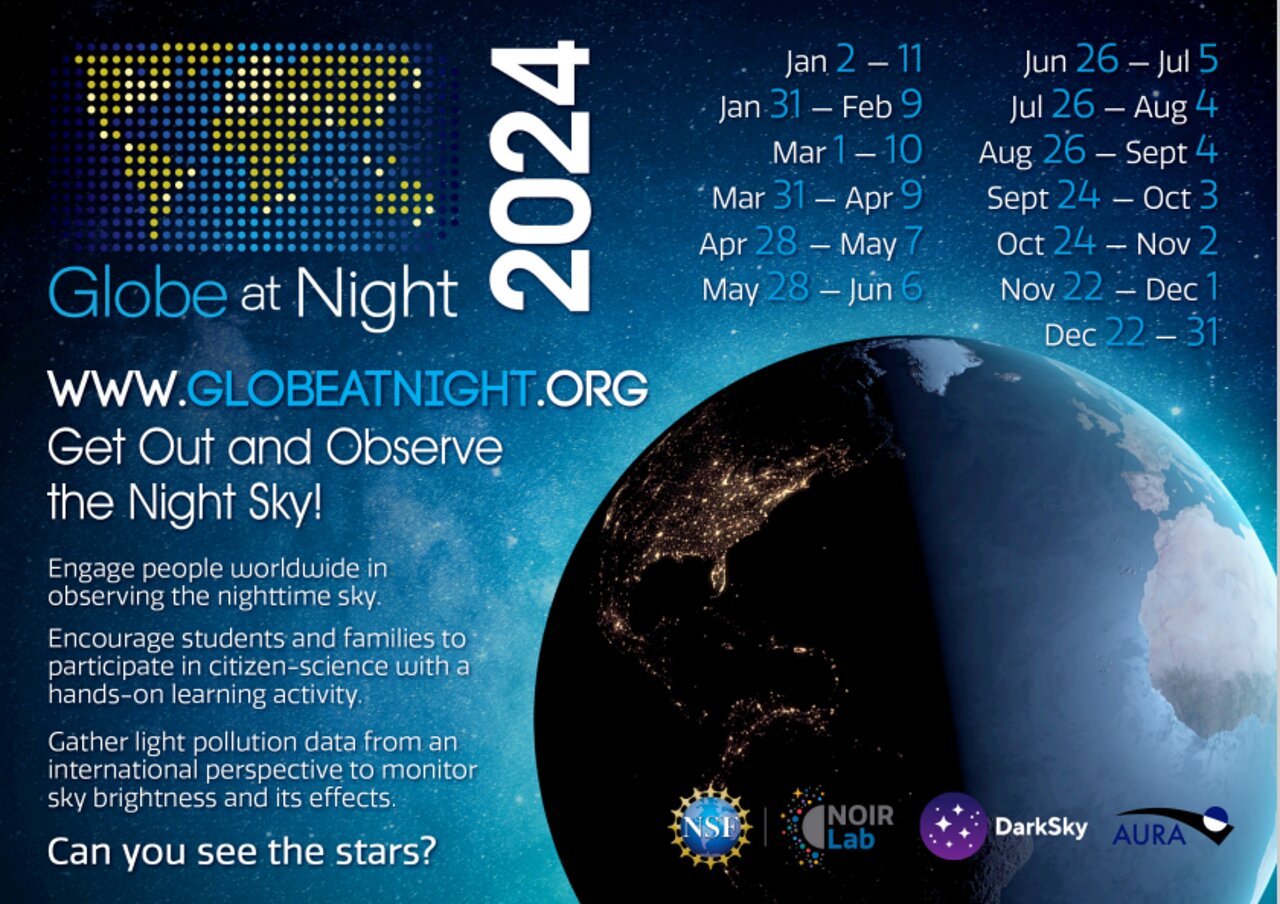
Can you find Cygnus?
Cygnus the Swan is easy to find as it flies south along the path of the Milky Way. It is easiest to spot by looking straight up and looking for the three brightest stars forming what is known as the Summer Triangle. The bright star in the lower left of this triangle is Deneb, the tail of the swan. By using this star and looking in toward the center of the triangle, you can now spot Cygnus.
Visible in: Northern hemisphere





